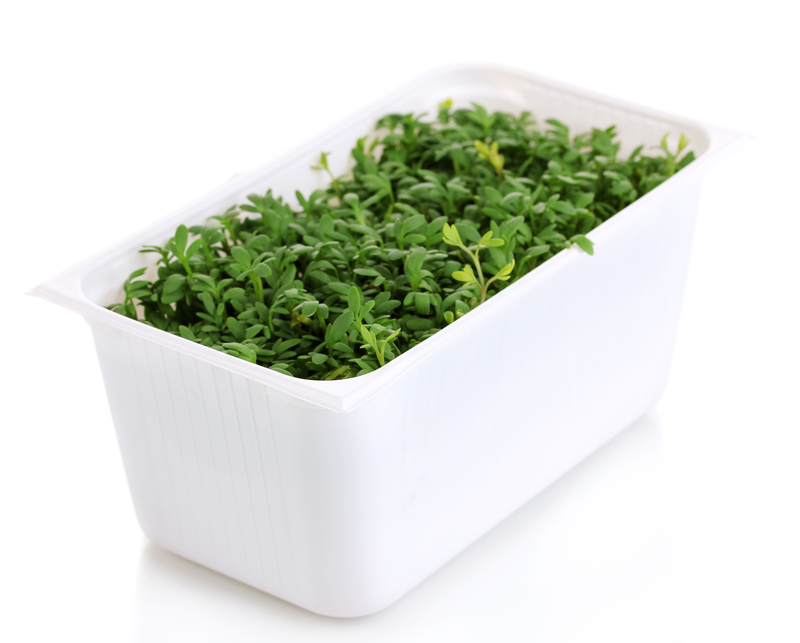Master Clutter Control with Post Clear-Out Strategies
In today's fast-paced world, achieving a tidy, organized living or working space can seem like a never-ending quest. We've all felt the relief and pride that comes from a successful round of decluttering. But what happens after the clear-out? Without intentional post clear-out strategies, that newfound order can quickly give way to chaos. In this comprehensive guide, master clutter control with post clear-out strategies designed to help you maintain your serene, clutter-free environment for the long haul.

Why Post Clear-Out Strategies Matter
Many of us believe that removing excess possessions is the finish line, when in reality, it's just the beginning. The real secret to clutter control lies in the systems you establish after decluttering. These habits ensure that your space doesn't revert back to its previous state. Implementing effective post clear-out techniques empowers you to maintain organizational bliss--and all the benefits that come with it, including improved productivity, reduced stress, and a more inviting home or workplace.
Top Benefits of Post Decluttering Strategies
- Prevents Clutter Reaccumulation: Sustainable habits keep your space tidy for good.
- Boosts Well-being: Less mess equals less stress and more clarity.
- Makes Cleaning Easier: Fewer items mean less to tidy and organize.
- Promotes Mindful Living: You'll become more intentional in your purchases and habits.
- Enhances Everyday Functionality: Find what you need without unnecessary searching.
How to Develop Effective Clutter Control Systems
Now that you've embraced a clear space, it's time to adopt post clear-out organization strategies that stand the test of time. Follow these proven steps to solidify your clutter control mastery:
1. Designate "Homes" for All Items
After decluttering, assign a specific spot for every item. This includes everything--from keys and remotes to paperwork and seasonal decor. If an item doesn't have a home, it will inevitably float around, causing disorder. Consistency is key: Always return things to their designated places after use. Consider using labels, baskets, or drawer dividers to underline your system.
2. Embrace the One-In, One-Out Rule
This simple yet powerful rule prevents clutter from creeping back in: if you acquire something new, let go of a similar item. For example, when you purchase a new shirt, donate or recycle an old one. This ongoing clutter control technique curbs unnecessary accumulation and fosters conscious consumption.
3. Set Up Catch-All Bins Strategically
Life can get hectic, and sometimes things pile up. To prevent minor messes from growing, place attractive bins or baskets in high-traffic areas like the entryway, kitchen, or office. Use them as temporary holding spots for items until you have time to put them away properly. Empty these catch-all bins daily or weekly to avoid overflow.
4. Schedule Regular Maintenance Sessions
Just as clear-outs require blocking out time, maintaining order demands regular attention. Schedule mini decluttering sessions--perhaps weekly or monthly. Use these periods to assess what's working, remove out-of-place items, and fine-tune your systems. Review frequently used spaces more often to keep them functional.
5. Institute Daily Reset Routines
A quick end-of-day reset ensures that clutter doesn't pile up. This could be as simple as a nightly 10-minute tidy. Focus on areas prone to mess, such as living rooms, kitchens, or your workspace. By making this a habit, you prevent bigger messes and feel accomplished before bed.
6. Separate Storage for In-Transit Items
Often, clutter accumulates when items await action (returns, donations, dry cleaning, etc.). Designate space in your entryway, garage, or closet for these transitional items. This prevents them from blending into your primary living areas and keeps your home visually clutter-free.
Post Clear-Out Digital Clutter Control
A masterful clutter control journey doesn't stop at physical objects. Digital spaces--like email inboxes, desktops, and cloud drives--can also spiral into chaos. Adopt these digital post clear-out organization practices:
- Unsubscribe from unwanted email lists and promotional messages.
- Organize files into clearly labeled folders and subfolders.
- Regularly delete old or redundant files, photos, and applications.
- Backup essential data automatically to avoid loss or duplication.
Digital decluttering can be done in small bursts or during your regular maintenance sessions. Maintaining organized devices saves time, boosts productivity, and reduces cognitive overload.
Boosting Motivation for Continued Clutter Control
While designing systems is important, keeping up the momentum is equally essential. Use these strategies to stay on track:
Celebrate Small Wins
Acknowledge and reward your efforts as you master post clear-out clutter control. Take photos of tidy spaces, share your progress with friends, or treat yourself to an outing. Positive reinforcement makes habits stick.
Visual Reminders and Vision Boards
Create a vision board or print inspirational quotes to display in your space. These reminders help reinforce your goals and keep you motivated when your energy dips.
Invite Others to Your Journey
If you share your space, involve family or roommates in the process. Hold each other accountable with friendly challenges or regular check-ins. A team effort makes maintaining clutter control more enjoyable and sustainable.
Room-by-Room Post Clear-Out Strategies
Every area in your home has unique needs when it comes to ongoing clutter control. Here's a breakdown of how to address each room effectively:
Entryway
- Add labeled hooks and trays for keys, mail, and bags.
- Keep only seasonally appropriate footwear by the door.
- Empty catch-all bins weekly.
Living Room
- Stash remote controls, chargers, and small items in decorative baskets or trays.
- Rotate magazines, books, or decor seasonally to prevent buildup.
- Utilize furniture with hidden storage wherever possible.
Kitchen & Pantry
- Assign each cabinet or drawer a purpose (e.g., snacks, cookware, prep tools).
- Perform a weekly fridge and pantry sweep to discard expired items.
- Use clear containers and labels to reduce visual clutter.
Bedroom
- Edit your wardrobe seasonally and use under-bed bins for off-season clothes.
- Keep nightstands clear except for essentials.
- Establish a laundry system that works for your lifestyle.
Bathroom
- Group daily products in baskets or trays for quick access.
- Dispose of old cosmetics and medications regularly.
- Install shelves or caddies for recurring toiletries.
Home Office
- Corral papers with inbox trays, binders, or vertical files.
- Digitize important records to minimize paperwork clutter.
- Cable-management solutions can keep tech areas neat.
Sustainable Habits for a Clutter-Free Future
What's the difference between temporary organization and true clutter control mastery? The ongoing habits you practice every day. Adopt these sustainable behaviors:
- Mindful Shopping: Ask yourself if an item serves a real need or brings joy before purchasing.
- Use What You Have: Repurpose, repair, or upcycle existing items before buying new ones.
- Practice Gratitude: Appreciating what you have can curb the desire for excess stuff.
- Streamlined Routines: Simplify daily routines (think capsule wardrobes or meal prep) to reduce decision fatigue and mess.
The Psychology Behind Clutter
Understanding why clutter accumulates can help you implement effective post clear-out strategies. Common causes include emotional attachments, fear of waste, or avoidance of decision-making. By being aware of these patterns, you can better address and prevent clutter relapse.
Letting Go of "Someday" Items
It's easy to hold onto items for "someday," but these things often turn into clutter. Be brave and part with stuff that no longer serves a clear or current purpose. Trust that your space is more valuable than that single-use gadget or outdated accessory.

Tools and Products to Aid Clutter Control
The right organization tools can elevate your post clear-out approaches to the next level. Consider incorporating:
- Clear Bins: Instant visibility for stored items.
- Label Makers: Clear labeling improves retrieval and return.
- Hooks, Racks, and Drawer Dividers: Maximize every inch of space.
- Digital Apps: Try productivity apps for digital decluttering or home management tasks.
Conclusion: Maintain the Calm After the Clear-Out
Successfully decluttering your space is an impressive achievement, but the journey doesn't end there. True mastery of clutter control means embracing post clear-out strategies to ensure your environment stays peaceful, organized, and functional. By implementing ongoing routines, involving all household members, and continually refining your systems, you can enjoy a clutter-free lifestyle for years to come.
Start today by reviewing your current maintenance habits and selecting just one new technique to introduce this week. Master clutter control with post clear-out strategies--your future self will thank you!
Additional Resources
- Books: "The Life-Changing Magic of Tidying Up" by Marie Kondo
- Online Communities: Reddit's r/declutter and The Minimalists
- Apps: Tody (cleaning organizer), Sortly (inventory management)
Final Tip: Don't be discouraged by occasional setbacks. Mastering everlasting clutter control is a process--stay consistent, and your efforts will pay dividends.